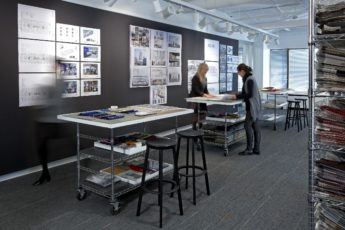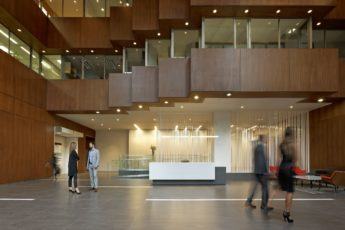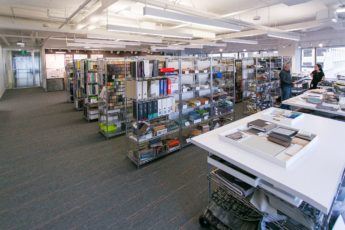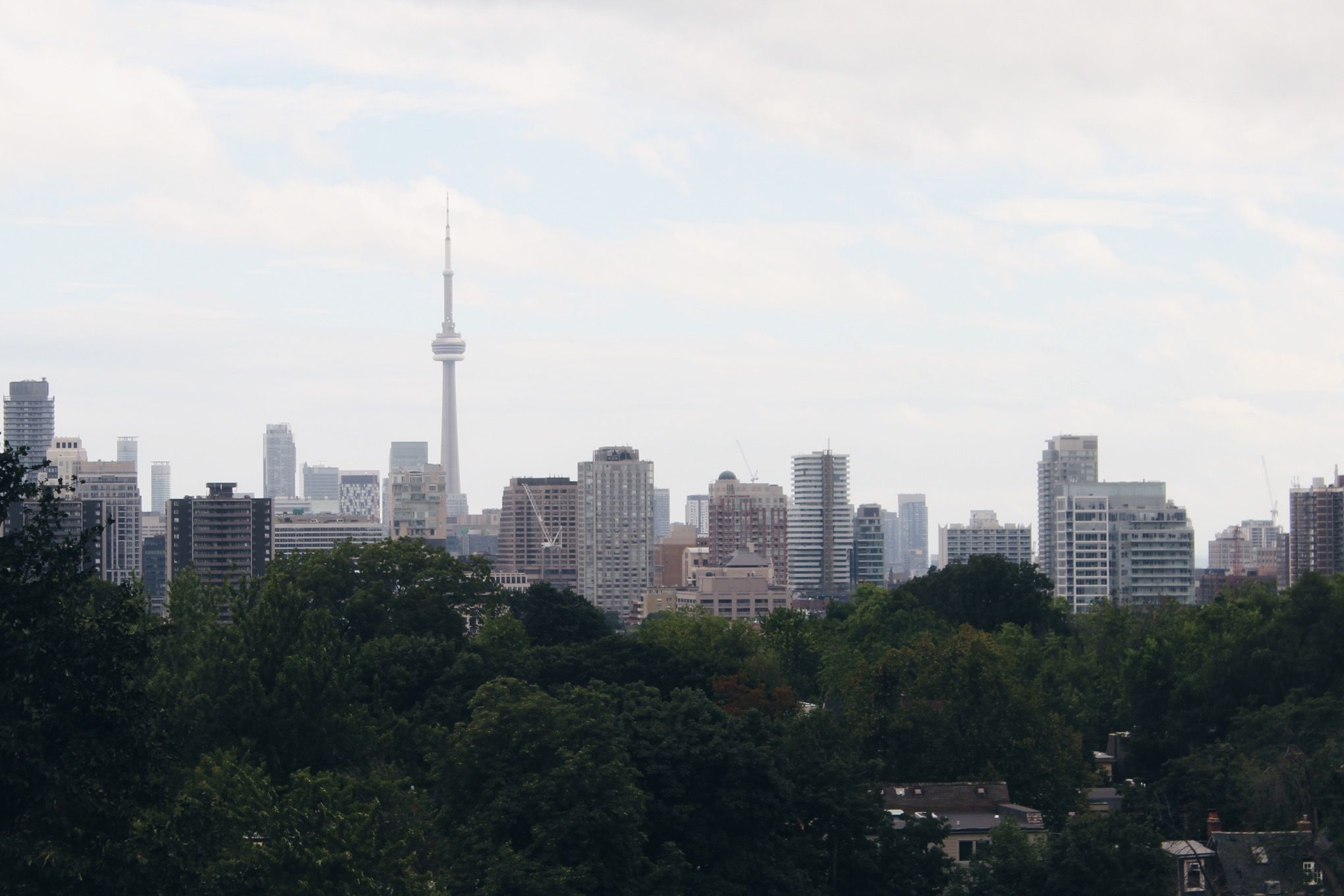STEPs celebrates five years with the St. Clair Mural
Now only a few months old, the St. Clair Mural has become a staple to the atmosphere and energy of the Yonge + St. Clair community. Images of the mural dominate the intersection’s geo-tags on social media, and it has received international recognition and praise. It’s improving on what’s an already great contemporary scene growing in the community. Last week, one of the St. Clair Mural’s major collaborators, the STEPS Initiative, celebrated their 5th Birthday on the rooftop patio of Yonge + St. Clair’s Scallywags with cake, music and live painting by local artist Nick Sweetman.
It was a rainy Thursday evening at Scallywags, but the atmosphere was light and jovial as key members of the project and the community came together to celebrate STEPS and the St. Clair Mural.
The STEPS Initiative is a Toronto-based charitable public arts organization that has become known for leveraging unlikely sites for cultural projects. “We enjoy working within the existing built form,” explains Alexis Kane Speer, founding director of STEPS, “working with the age and infrastructure of a space in areas that don’t typically hold cultural projects.”

One of those areas ended up being the western facing wall of 1 St. Clair East. “It’s all about how together we can leverage our built environment as a host to new cultural spaces and conversations,” continues Speer. “The conversation about this new cultural space at Yonge + St. Clair started when site partner Slate Asset Management recognized what they had in front of them – a giant blank canvas. They understood the role that public art plays in city building initiatives, and we feel fortunate that they decided to do so with STEPS.”
“They were incredible partners in making this project possible, and were supportive in every stage of this project’s development, including reaching out to their business partners in the area when we needed to garner additional sponsorship to make it possible.”

Alexis spoke often to how fortunate she felt towards all the supporters, artists, funders, and community partners STEPS had worked with over the years. “We felt very fortunate to have a great public response to this project when we set up tables in libraries and office lobbies to survey the community about what they wanted to see on that wall.”
When you take a closer look at the mural’s design, you will see recognizable Toronto landmarks like the CN Tower, St. Lawrence Market, and the Royal Ontario Museum, mixed with the A-frame architecture that is very characteristic of Yonge + St. Clair, and local businesses like Scallywags. The city’s vast green spaces and ravines are also illustrated in the form’s curvature, which are all reflections of what the community shared with STEPS by participating in community surveys.
“This mural is a perfect example of what’s possible when a strong public, private, and community partnership comes to life. It took over 10 months of hard, hard work to bring a design that is truly reflective of Yonge + St. Clair,” adds Speer.

“It is a step towards creating an identity for this neighbourhood and this city,” preached Ward 22 City Councillor Josh Matlow, who spoke at this event. “It’s the first step in showing the world that we are a creative, vibrant centre of arts and culture.”
Alexis was proud of how STEPS has evolved and changed the makeup of the city since its founding in 2011. “We have always been shamelessly attracted to challenges, especially ones that push ourselves and others in the cultural development and business sectors to think outside the box,” or in the St. Clair Mural’s case, the wall.
“So let’s allow art to do what art does best – start conversations, challenge the way we organize our community, and ask if there are other ways of building and maintaining our cities,” concludes Speer.
“It’s been a wild ride and we’re excited to see what the future holds for us.”
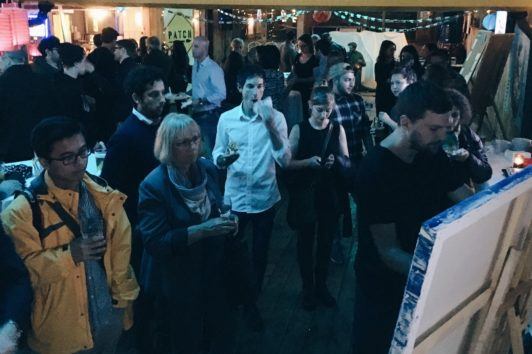





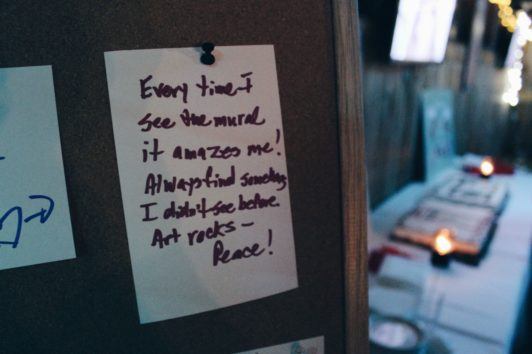

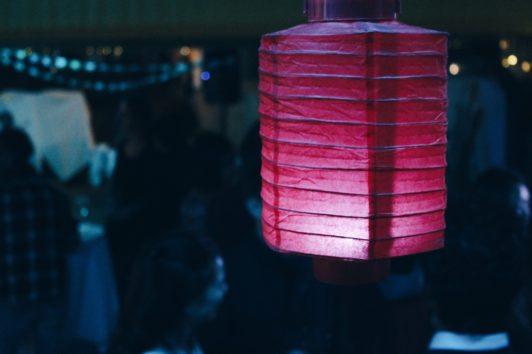
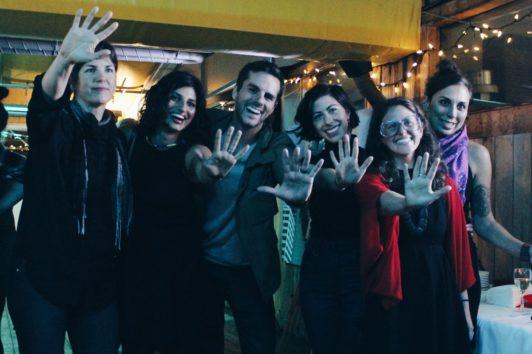
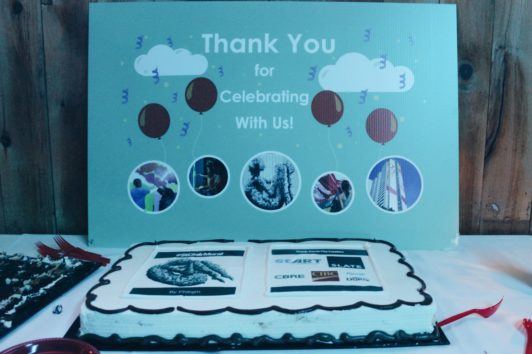

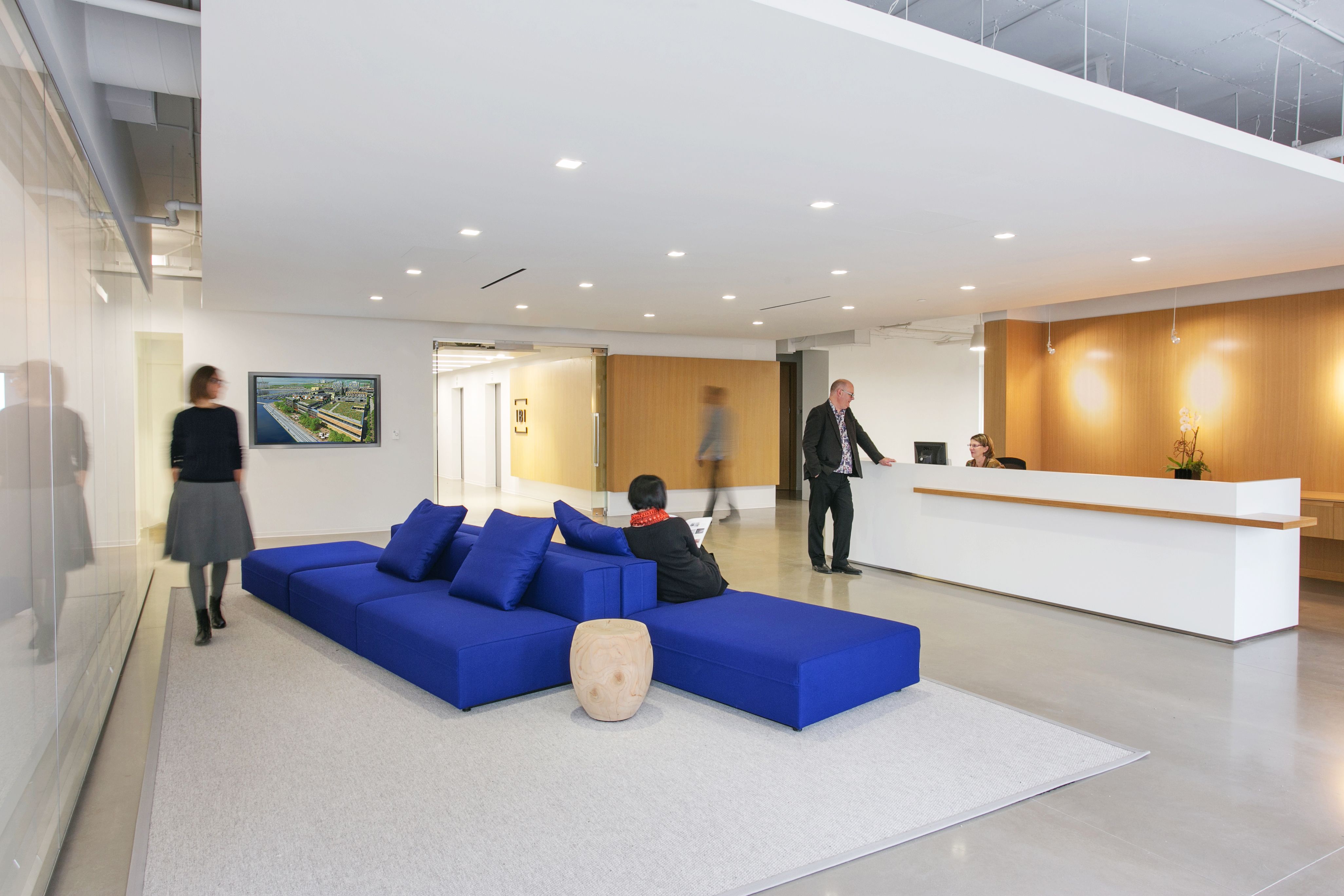 What is your architecture design philosophy?
What is your architecture design philosophy?
